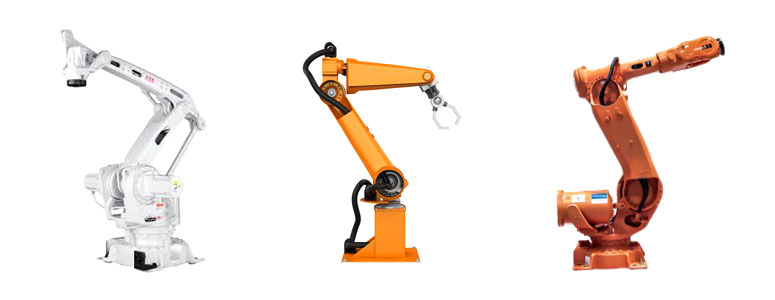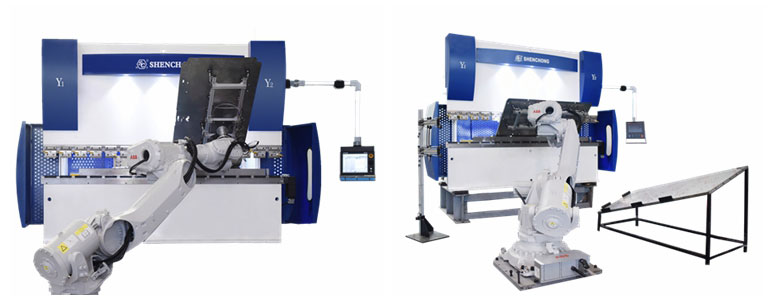
It is a complete system that includes the robot, controller, and other peripherals such as a component positioner and safety environment. Therefore, it is also known as a robotic work cell or work cell.
Or, in another manner, it’s a workstation that includes at least one robot and its controller, as well as safety features.

In general, there are two types of robot cells: steel and aluminum. Aluminum is lightweight, and it may be easily modified or extended without the use of welding or painting. On the other hand, steel has a rough appearance and is utilized for hard work in industries such as metal processing.
- Determine what the work cell’s role will be.
- Make a list of the things you’ll be doing.
- To complete the task, select robots that have the appropriate applications.
- To move the product down the line, choose a positioner.
- Make a plan to do the task quickly and safely.

Sheet metal processing encompasses a wide range of procedures carried out on metal sheets.
The following are some of the most well-known ones:
- Bending or pressing
- Cutting by stamping or punching
These procedures are frequently characterized by high-volume, repetitive labor. It necessitates the utilization of robots and computerized processes. Depending on the methods and goods that the organization uses, many solutions are available. Therefore, it’s critical to think about the product with integrators and specialists. They may assist you in deciding which technology to use based on the material and procedure.
The product mix determines the sheet metal industry’s automation solutions. In general, volume and variance have a significant impact on what constitutes a good business solution.
Automated manufacturing lines or cells are frequently used for huge volumes with slight fluctuation. It is accomplished using specialized technology that includes integrated loading and unloading to eliminate human intervention.
Operators are unable to work near automated machinery and are thus isolated from processing activities. They’ve been reassigned to quality control and certification.
Changeover periods, tool changes, and placement must be considered when dealing with medium volume and variety. It is feasible to have multi-purposed machinery to handle several product categories with a variable mix of items. To boost productivity even more, consider automating product loading and unloading, which could be done by an articulated robot, for example.
Low-volume, high-variability production has advantages over mass production. Flexibility, quick time-to-market, and customization are all advantages. However, the volumes may not be sufficient for automated production lines to be cost-effective. As a result, they are keeping manual loading and unloading, for example, maybe a superior option.

Robotic Press Brake Automation
A fully automated cell might have a cutting table and a bending press unit, for example. These might be organized around a central articulated robot that transports metal sheets from one process to the next. It is critical to have tooling that can handle metal sheets, such as suctions cups or magnets, that do not damage or leave marks on the metal.
When compared to manual labor, automated processing demands a significant initial investment. Despite this, it may be advantageous for SMEs (Small-Medium-Sized Enterprises) to expand and require additional capacity to meet rising demands.